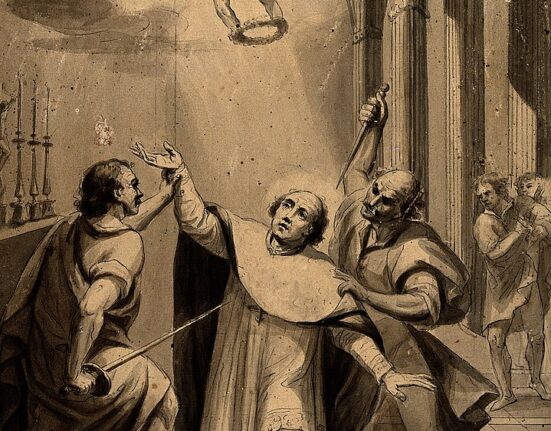There’s something about the seafaring life of the pirate which elevates them from simple criminal to roguish antihero in our collective memories. While real pirate’s could be anything from petty thieves with outsized criminal ambitions to former royal navy men with a chip on their shoulder, the common thread between them is a life of crime on the high seas. Most of the more famous pirates from history, like the infamous Edward Teach, also known as “Blackbeard,” were active during the so-called “Golden Age of Pirates,” in the late 17th and early 18th centuries, piracy has existed as long as sea trade has. In this article, we’ll look at some of the most interesting historical pirates which you may not have heard of before.
1. Rachel Wall
Rachel Schmidt seems to have really resented her quiet Presbyterian upbringing. In the late eighteenth century, a teenaged Rachel began sneaking away from home to loiter around the waterfront. Whether she felt drawn to the sea itself or whether she was simply looking for trouble, young Rachel certainly found it when one day she was attacked by a gang of girls during one of her excursions. Then, a sailor named George Wall came to her rescue. This would be the start of her new life as Rachel Wall, the sailor’s wife.
In 1781, Rachel was working as a maid when her husband, whose sailing career was evidently not yielding enough of a profit to satisfy the pair, convinced Rachel to join him and some friends as they embarked on a new career path: piracy. With George by her side, Rachel and their crew stole a ship called the Essex off the coast of New Hampshire. Thus began their career. Rachel and the crew used a ruse to lure in unsuspecting ships. They would pretend that the Essex was in distress from rough weather and then rob, and often slaughter, their would-be rescuers.
This went on for some time and the crew managed to rob at least a dozen ships in this fashion, eventually, though, George steered them astray and overturned the Essex. George died, but Rachel was rescued and forced to return to a life on dry land. Even on land, though, she could not resist the call of her old criminal lifestyle. Rachel Wall was hanged as a pirate and a thief after crossing paths with a seventeen-year-old girl and robbing her of her valuables. Rachel Wall was the last woman to be executed in the state of Massachusetts. These were her reported last words:
…into the hands of the Almighty God I commit my soul, relying on his mercy…and die an unworthy member of the Presbyterian Church, in the 29th year of my age.
Read more about Rachel Wall’s story here.
2. Pier Gerlofs Donia
Often referred to by his many nicknames, including “Big Pier,” “Tall Pier,” and “Grutte Pier,” Pier Gerlofs Donia is almost more folk hero than pirate. According to legend, Pier was over seven feet tall and supernaturally strong. He is said to have been able to carry a fully grown horse over his shoulder, to bend coins with just his thumb and forefinger, and to behead several enemies with a single swing of his sword.
Grutte Pier is remembered by much of the world as a pirate, but for those who claim Frisian heritage, Pier was a freedom fighter. Born sometime around 1480, it is said that Pier lived a quiet existence until invading forces from the Duke of Saxony slew his family and destroyed his village. Grutte Pier took on the life of a pirate as a route towards achieving his vengeance.
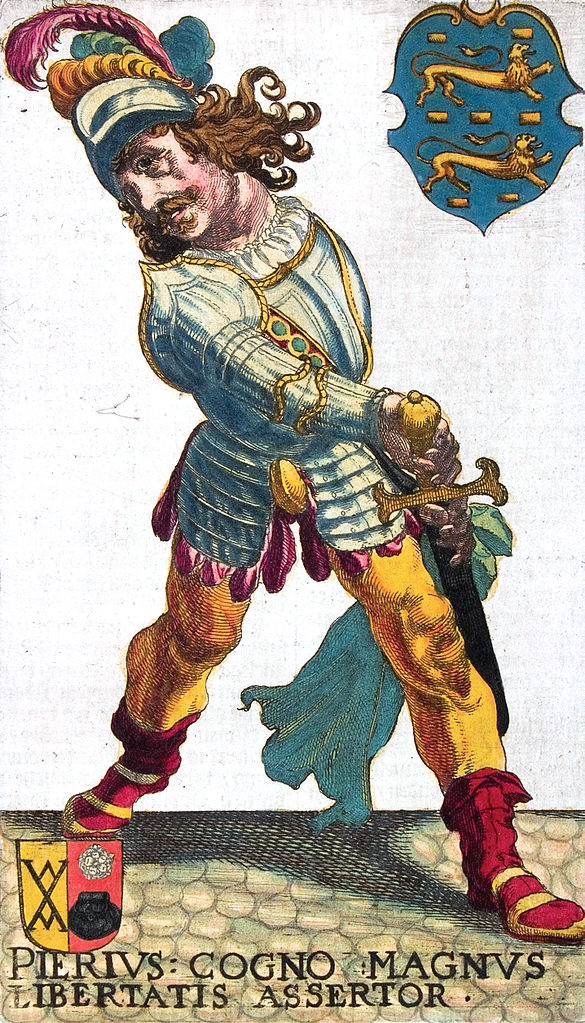
According to legend, Pier and his crew would sail the Zuiderzee in search of ships crewed by Frisia’s enemies. Pier would allegedly force captured prisoners to recite the following phrase: “Bûter, brea en griene tsiis: wa’t dat net sizze kin, is gjin oprjochte Fries” meaning “Butter, bread, and green cheese: if you can’t say that, you’re not a real Frisian.” This phrase is apparently quite difficult for a Dutch or German speaker to pronounce in a way that doesn’t identify them as not being Frisian.
The details of Grutte Pier’s life are hotly contested. The Fries Museum in Leeuwarden claims that an enormous seven foot sword in their collection was once wielded by Pier. Many historians believe that such a feat is unlikely or even impossible. Read more about Pier Gerlofs Donia and the tall tales which surround him here.
3. Benjamin Hornigold
One of the major players during the so-called “Golden Age of Piracy,” Benjamin Hornigold is most well-known for his relationship with the infamous “Blackbeard.” Born sometime around 1680, Benjamin Hornigold began his pirate career after a stint as a government-sanctioned privateer. Hornigold used sailing canoes to rob passing ships until he eventually amassed a fleet of his own.
By 1716, Hornigold was in command of a growing crew of men whom he commanded from his 30-gun sloop, the Ranger. Amongst these men was his second-in-command, Edward Teach. Teach would eventually come to be known by the nickname “Blackbeard.” Also amongst Hornigold’s sizable crew was a pirate by the name of Samuel Bellamy. We’ll discuss “Black Sam” Bellamy in the next section.
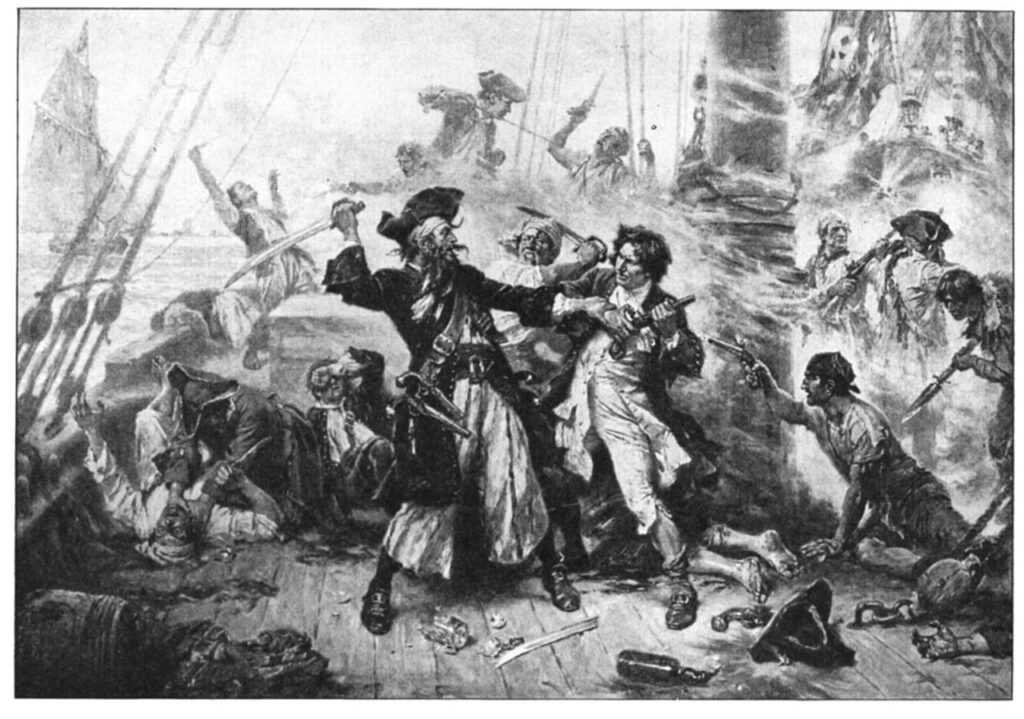
As a captain, Hornigold was successful but controversial. One relic from his privateering days was the fact that he remained quite patriotic and refused to loot British vessels. This favoritism caused his crew to lose out on potential profits and became the source of resentment. In 1716, these resentments culminated in a mutiny, led by Samuel Bellamy, which saw Hornigold lose his flagship, the Marianne, as well as a sizable portion of his men. It was around this time that Hornigold and Teach acquired a ship called the Concorde. This would be renamed as the Queen Anne’s Revenge and would come to be known as one of the most infamous pirate ships in history under the command of Blackbeard himself.
In 1717, Benjamin Hornigold’s pirate career ended when he accepted the “King’s Pardon,” and accepted total amnesty for his crimes in exchange for putting his seafaring skills to use as a pirate hunter. Hornigold pursued and caught a number of famous pirates before he and his crew were shipwrecked. Hornigold survived the wreck but died as a castaway.
4. Samuel Bellamy
Samuel “Black Sam” Bellamy was a man who inspired an unusual amount of admiration and loyalty in the men who sailed under his command. Known as the “Prince of Pirates,” and the “Robin Hood of the Sea,” Bellamy was beloved for the democratic ways in which he commanded his crew and distributed their earnings. A formal man of the Royal Navy, Samuel Bellamy turned to piracy after arriving in the New World and beginning to seek his fortune as a treasure hunter. Legends state that Bellamy fell in love with a woman named Maria Hallett in Cape Cod and that the two had a child, but details regarding this are murky.
Bellamy and his friend and fellow treasure-hunter, Palgraves Williams, joined the crew of Benjamin Hornigold when their treasure-seeking exploits yielded no fruit. As we previously discussed, Sam Bellamy and Palgraves Williams were dissatisfied with Hornigold and teach’s leadership. After gaining significant popularity with the Hornigold’s crew, Bellamy staged a mutiny and took the Marianne as his own flagship.
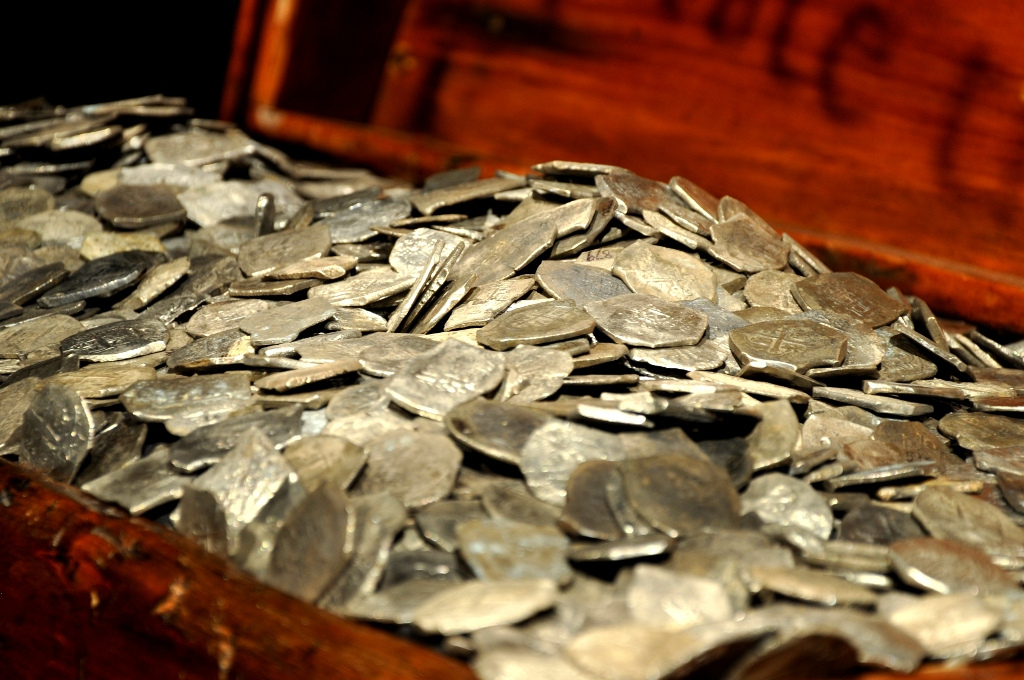
In the months that followed, Samuel Bellamy would capture more than fifty vessels. In such a short time, Black Sam became one of the richest pirates in history as well as one of the most successful. He also began to acquire a reputation as a “gentleman pirate.” Bellamy was not needlessly ruthless and would never harm a foe who had surrendered. He expressed disdain for the wealthy and saw piracy as no more ignoble than the greedy behavior of the noble class.
In 1717, Samuel Bellamy achieved a career high. He captured the state-of-the-art slave ship, the Whydah Gally. The Wydah Gally was laden with treasures enough to inspire Bellamy to return to Cape Cod and retire from piracy for good. He even gave the Wydah Gally’s captain his own flagship, the Sultana, as a gesture of goodwill. But, before Black Sam could ever reach dry land again, the Wydah Gally was caught in a storm and sank, taking Bellamy, his crew, and his incredible treasures with it.
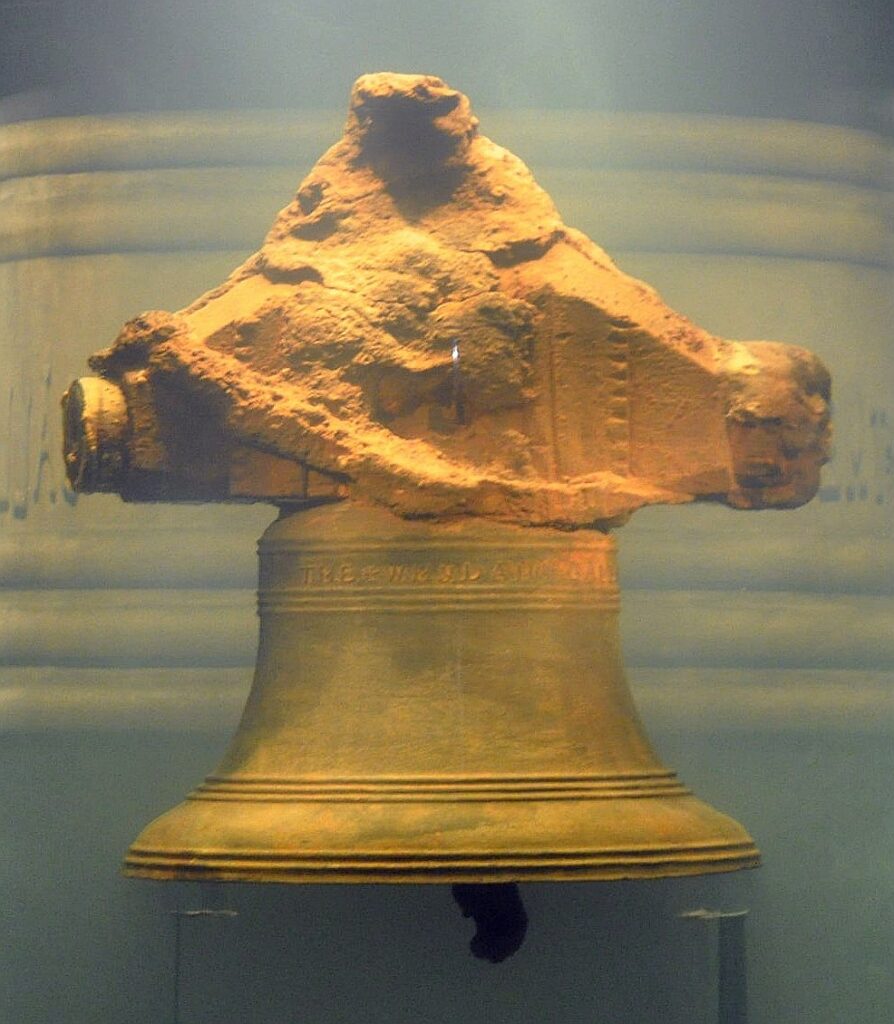
In 1984 the wreck of the Whydah Gally was found off the coast of Wellfleet in Cape Cod by a team of undersea explorers. It is the only confirmed pirate shipwreck ever to be recovered. Skeletons of pirate crewmen were found onboard along with piles of treasure. Legend states, though, that much of Samuel Bellamy’s true treasure remains undiscovered in a hidden pirate fort somewhere in New England. For a more detailed account of the life of Samuel Bellamy, check out this article.

